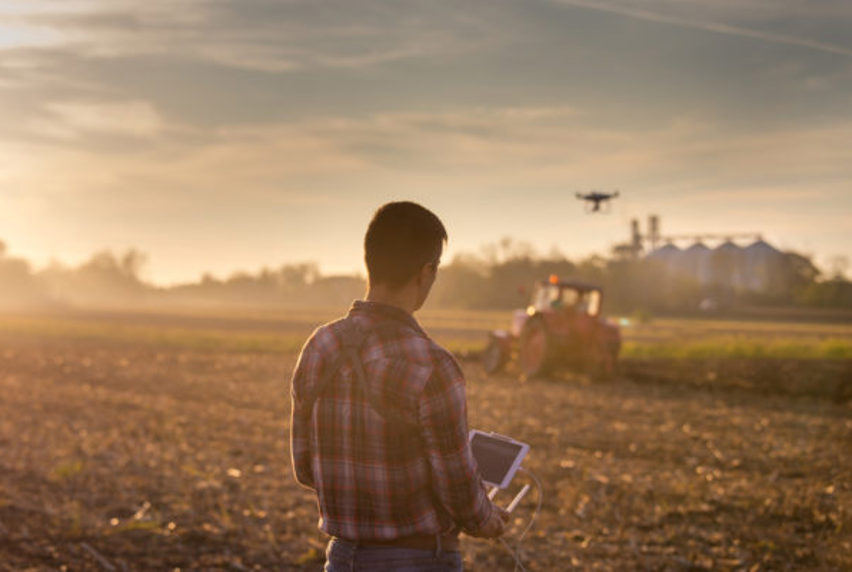Feeding future generations through technology

Our global population is growing faster than ever and it’s hungry. With almost 2 billion more mouths to feed by 2050, some experts are expecting agriculture consumption to increase by nearly 70 per cent.
This could mean a bright future for the agriculture industry closer to home, with more than 85,000 farming businesses in Australia able to tap into this growth through awesome new technology.
The here and now of agriculture Technology
The way we farm is changing in a big way. It’s becoming smarter, more efficient and even a little bit cheaper, thanks to agtech.
You could say that agriculture technology is replacing the farmer’s brawn with their brain, making the life of the typical farmer easier on their bodies and harder on their minds.
And, this is leading to something pretty special — a new generation of farmers producing cleaner, greener, more ethical and sustainable food.
The cutting edge gadgets making it happen
One of the most exciting pieces of tech making a huge difference on farms are digital wireless sensors.
These brilliant little things are planted in the ground to measure soil temperature and moisture. They can be planted at different depths and in different soil types.
All of their measurements are calculated in real-time and give the farmer instant access to the data, so they can make live adjustments.
Then, there are the drones. Drones are revolutionising modern farms and doing it fairly cheaply.
Similar to those on and in the ground, Drones can carry sensors to collect information about crops and pastures for immediate and future use.
Then, with their nifty surveillance cameras drones can tell farmers whether their crops are happy and healthy. They can assess their growth, any gaps in watering, sunlight absorption, and transpiration rates.
If there’s an irrigation leak flooding crops in a paddock, a drone with thermal imaging can identify which crops are being affected and even help find the source of the leak.
The guesswork in farming is disappearing, replaced with precision. The crop and livestock management is easier. And, the world’s population is being fed more efficiently using the same or less resources.
The tech on the horizon
When the soothsayers of agtech talk about the future, it’s usually about robots. Their vision is in growing entire crops, from seed to harvest, without a human stepping into the paddock.
Some of the tech being developed right now makes this seem possible.
For starters, there’s an autonomous harvester capable of neatly picking strawberries three times as fast as human pickers, with the added bonus that it doesn’t get tired or a sore back.
Then, there are some machines that know the difference between crops and weeds and spray only the parts of the field requiring herbicide. This means massive savings for farmers on the cost of herbicides, as well as reductions in the environmental impact of such chemicals.
And, of course there’s the car sized robot that can identify soil types and map the results allowing farmers to plant different crop varieties in one field to match shifting soil properties.
And, all of this is the tip of the iceberg.
The future of clean, green and sustainable food production is tied to the future of agtech, and we’ll need plenty of smart farmers with hands on experience to make it all work.